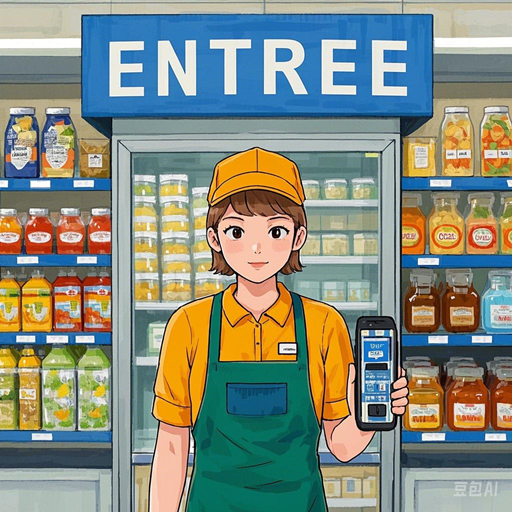Choosing the Right Attendance System for Supermarkets and Grocery Stores

It's a busy Saturday morning at Metro Supermarket, and store manager Tom is struggling with attendance issues. A cashier is 30 minutes late, two stockers have time record discrepancies, and HR is urgently requesting last week's timesheet reports. "If only we had a reliable attendance system," he sighs.
This scenario likely resonates with many supermarket and grocery store managers. According to retail industry research, the average chain supermarket loses tens of thousands of dollars annually due to attendance management issues. The right attendance system can not only solve these problems but significantly improve operational efficiency.
Why Do Supermarkets Need Professional Attendance Systems?
The grocery industry has unique workforce characteristics:
- Complex multi-shift scheduling
- Large part-time workforce management
- Cross-store staff deployment
- Strict labor law compliance requirements
Traditional paper punch cards or simple time clocks no longer meet modern supermarket management needs. A professional attendance system delivers these core benefits:
1. Precise Time Management
- Real-time clock-in/out recording
- Automatic work hours calculation
- Accurate break time tracking
- Prevention of time theft
2. Intelligent Scheduling
- Customer traffic-based scheduling
- Flexible staff allocation
- Automated shift swap processing
- Critical position coverage assurance
3. Compliance Assurance
- Automatic labor law enforcement
- Paid time off tracking
- Compliance reporting
- Legal risk reduction
How to Choose the Right System?
1. Biometric Systems
Advantages:
- High accuracy
- Difficult to deceive
- Easy operation
Disadvantages:
- High initial investment
- Regular maintenance required
- Potential hygiene concerns
2. Mobile App Systems
Advantages:
- Low deployment cost
- User-friendly
- Feature-rich
Disadvantages:
- Relies on employee compliance
- Possible location inaccuracies
- Requires smartphones
3. Hybrid Systems
Advantages:
- Combines accuracy and flexibility
- Multiple clock-in options
- Adaptable to various scenarios
Disadvantages:
- More complex systems
- Higher maintenance costs
- Longer adaptation period
Market Solution Comparison
WorkForce Enterprise
Features: Focused on large chain stores, comprehensive functionality, deep customization
Price: Premium
Suitable for: Large chain supermarkets
SmartAttend
Features: Simple operation, good value, ideal for small/medium stores
Price: Moderate
Suitable for: Independent stores or small chains
RetailTime
Features: Retail-focused, high POS integration
Price: Custom pricing
Suitable for: All sizes
Implementation Guidelines
1. Preparation
- Detailed needs analysis
- Employee feedback collection
- System testing evaluation
- Training plan development
2. Implementation Process
- Phased rollout
- Pilot store testing
- Regular feedback collection
- Continuous optimization
3. Ongoing Operations
- Regular data analysis
- System maintenance
- Continuous staff training
- Performance evaluation
Conclusion
Choosing the right attendance system is a strategic investment. Through careful evaluation and planning, supermarkets can select the solution that best fits their needs. As technology advances, attendance systems will continue to evolve, bringing more value to supermarket operations. Managers should consider long-term potential and scalability in their selection process.
Take Action Now:
- Assess current attendance management pain points
- Create a requirements checklist
- Compare mainstream solutions
- Contact vendors for detailed discussions